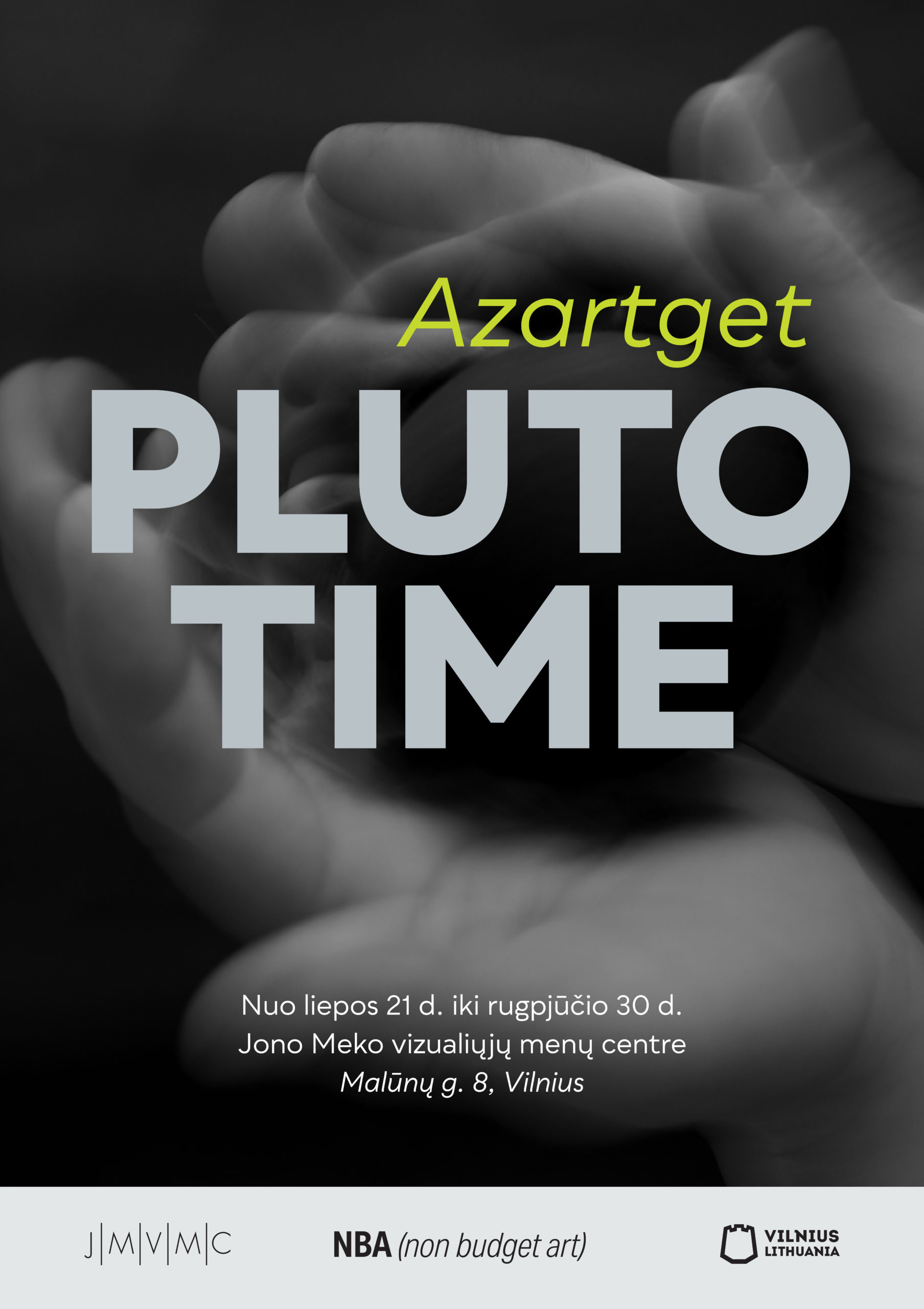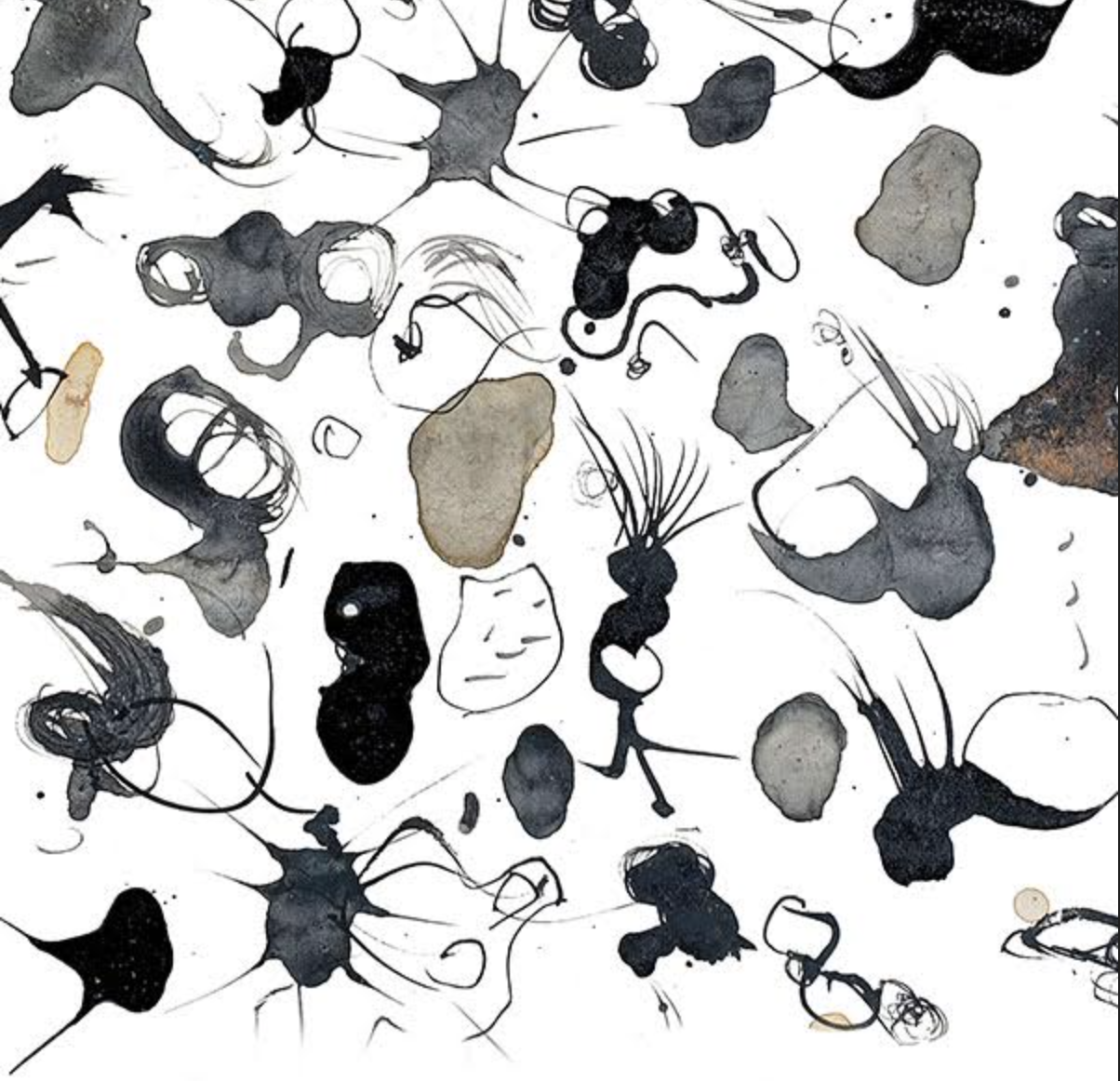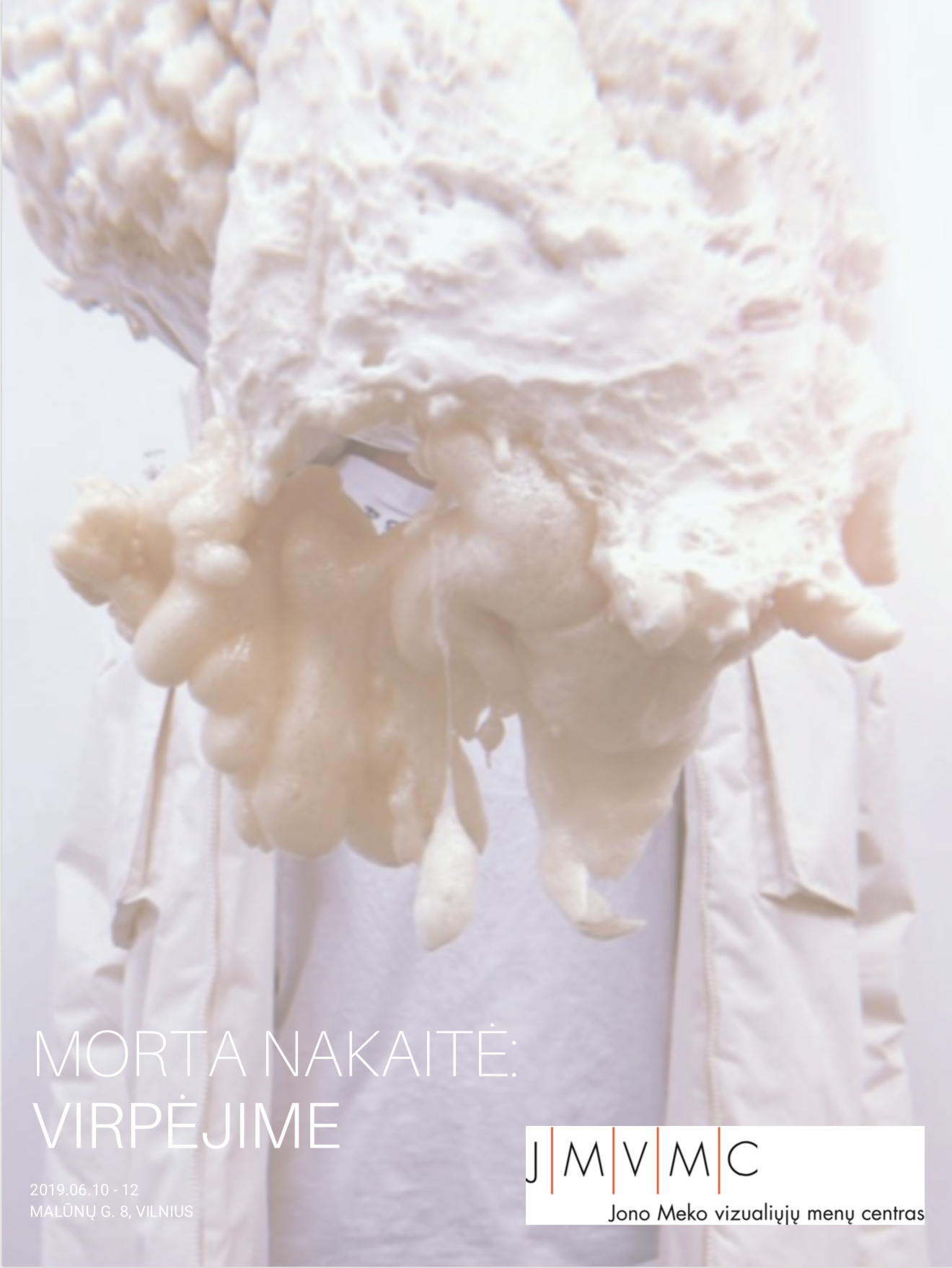2023 07 21 – 08 30. Antanas Zabielavičius “PLUTO TIME”
In today’s context, we face a monumental challenge – to present not just the state and thoughts of an artist but that of all humanity. I believe this will be possible in the “Pluto Time” exhibition by Antanas Zabielavičius. The artist, more widely known as Azartget, is a creator of essentialist art whose works are often inter- preted as philosophical reflections of human experiences. The exhibition is initiat- ed by the open platform for artists, NBA (non budget art), once again allowing us to engage with contemporary art perspectives. This platform, contrary to the traditional assessment and rating of artists based on the economic value of art projects, undeniably demonstrates how artists can create and implement impres- sive ideas despite financial constraints.
This exhibition widely opens the window of audiovisual arts to a landscape still ravaged by war. Azartget introduces an artistic weapon, although symbolic, still potent and meaningful – the “ground-to-air” combat projectiles. This collection of nine thousand small balls made by the artist’s hands from earth and water is a profound aesthetic and emotional response to the war in Ukraine, which viewers will undoubtedly recognize.
We often discuss relevant art that makes us pay attention to what matters. Azart- get’s installation “Pluto Time” definitely fits this description. Being a unique voice in the Lithuanian artists’ landscape, he combines monumentality, conceptuality, and scenography in his works, which are astonishing and immersive. His artworks are eco-friendly, sustainable, and part of the environment. He usually opts for what is considered valueless, such as last year’s leaves, roadside sand, or cut grass… In his works, the artist transposes them into a new context, giving them new life and meaning. These materials are taken from nature and used to return them to it. It is a creation like the cycle of life, returning to the beginning and providing us with a deeper understanding and a new perspective.
But that’s not all. In the exhibition “Pluto Time”, Azartget reveals more than just the consequences of military aggression that we experience. He talks about the essence of time – its flow, which may differ from what we are used to. The time of Pluto, six times slower than our planet’s, is a metaphor for the artist’s creation, perfectly reflecting the long-lasting struggle in Ukraine. In the installation, the author invites us to experience the deep impression caused by the war and that long, seemingly never-ending flow of time when hopes rise and fall, emptying and filling again with experiences. He teaches us to see time as a process and a factor that flows and transforms us. Through the flow of Pluto’s time, we are allowed to look at the changes in the world from another, higher point, as if from another celestial body and its time. This changes the view of our planet and helps us understand its vulnerability.
Prof. Gregory Wide







Leave a Reply